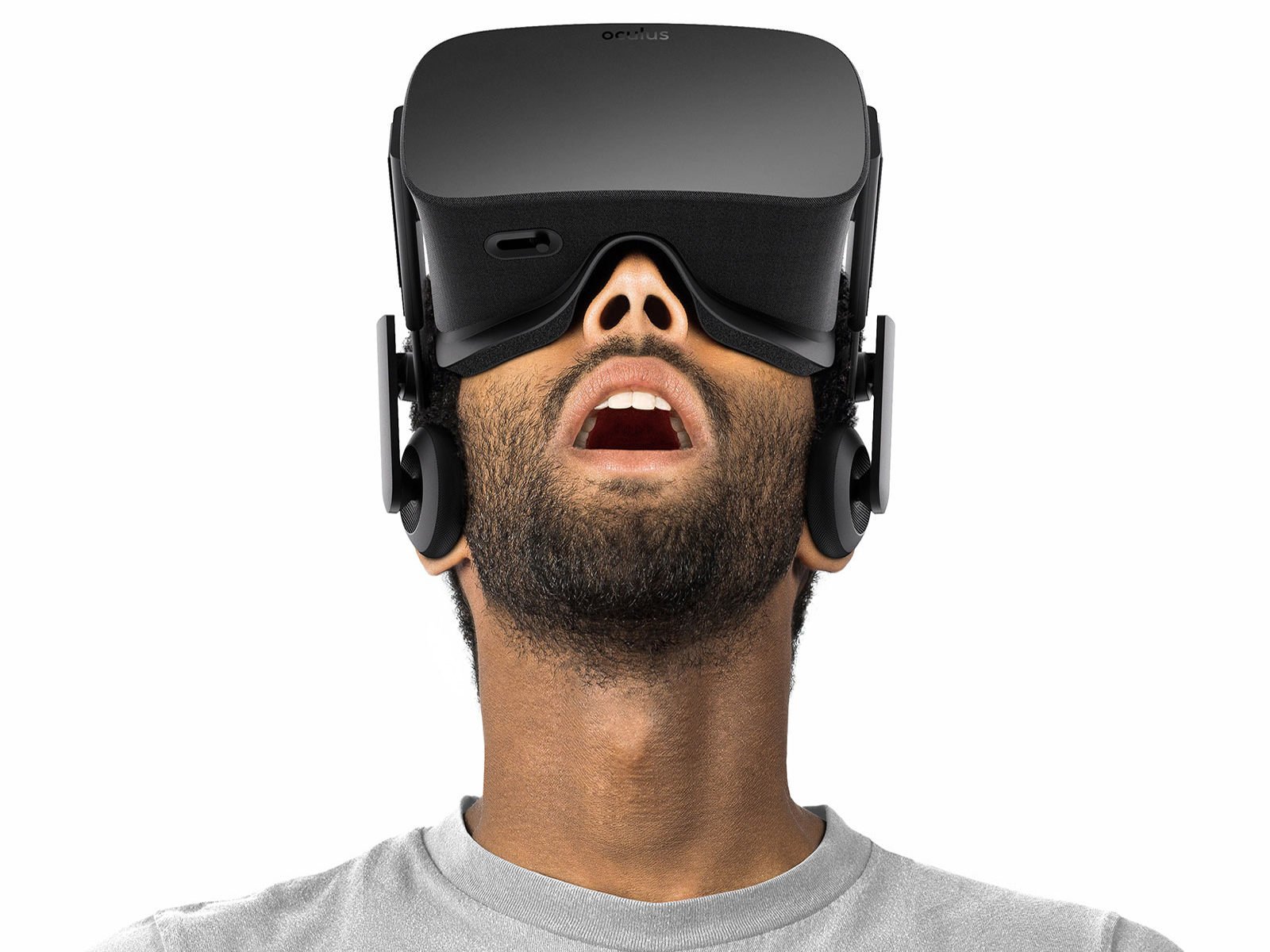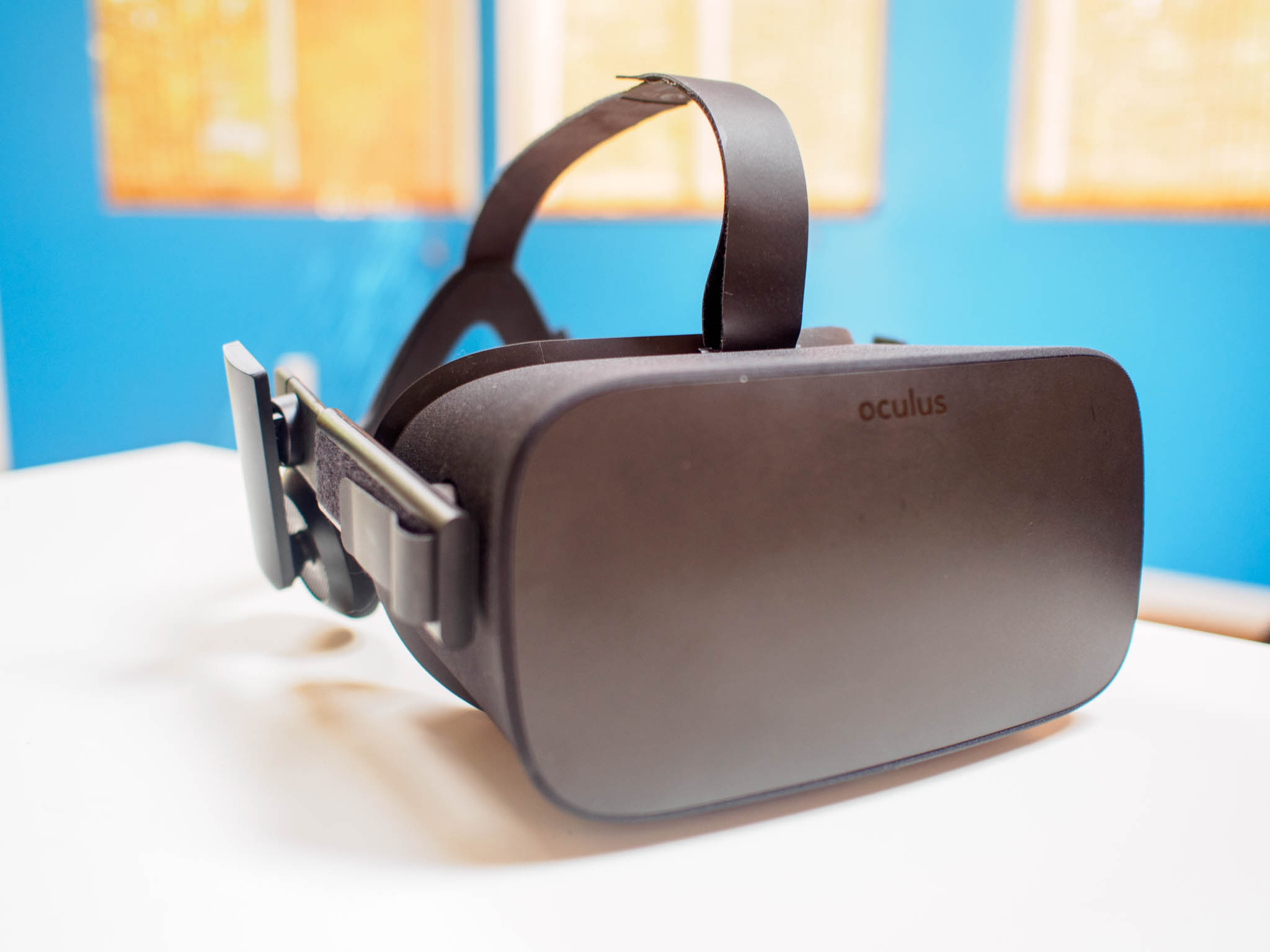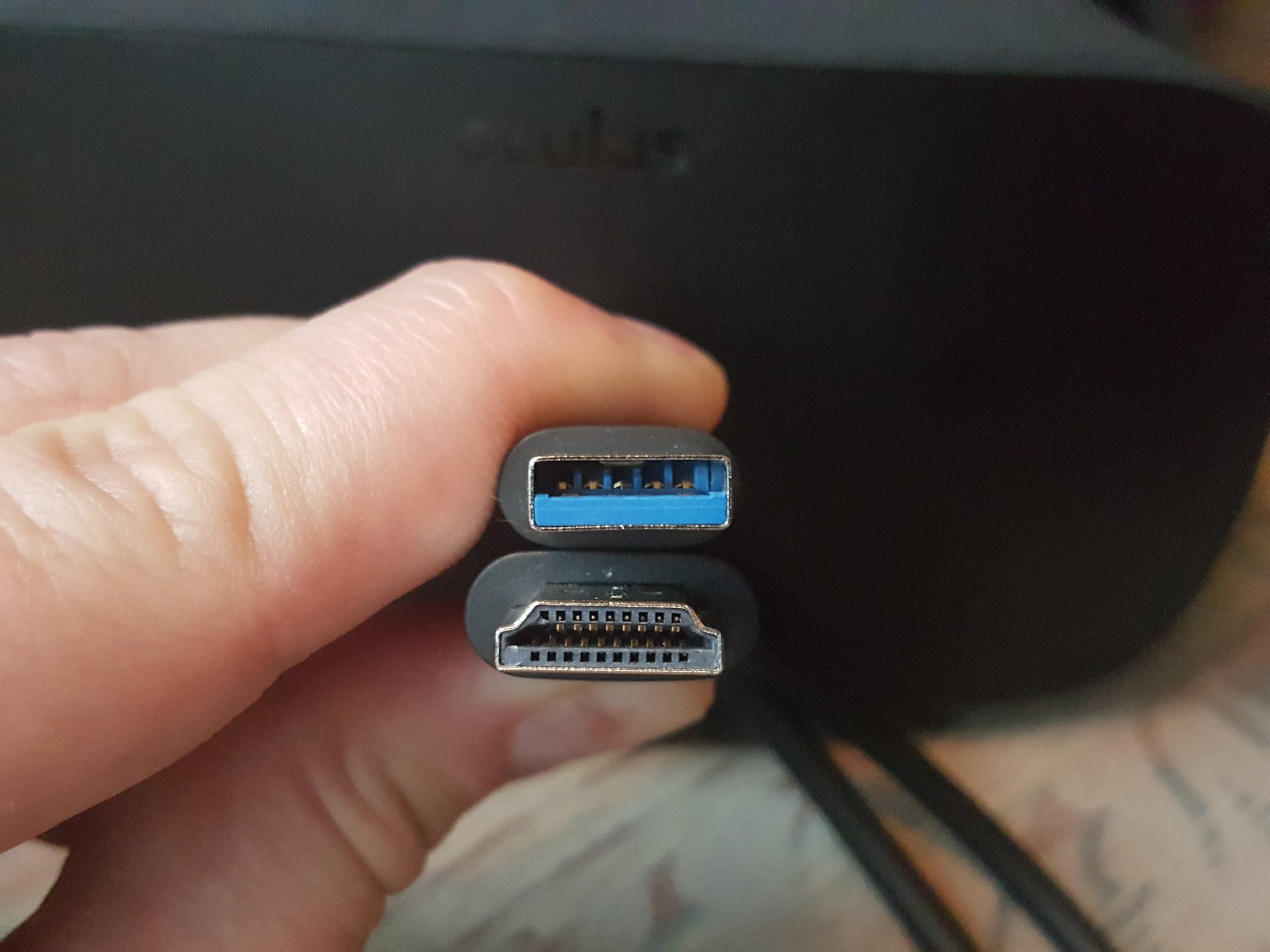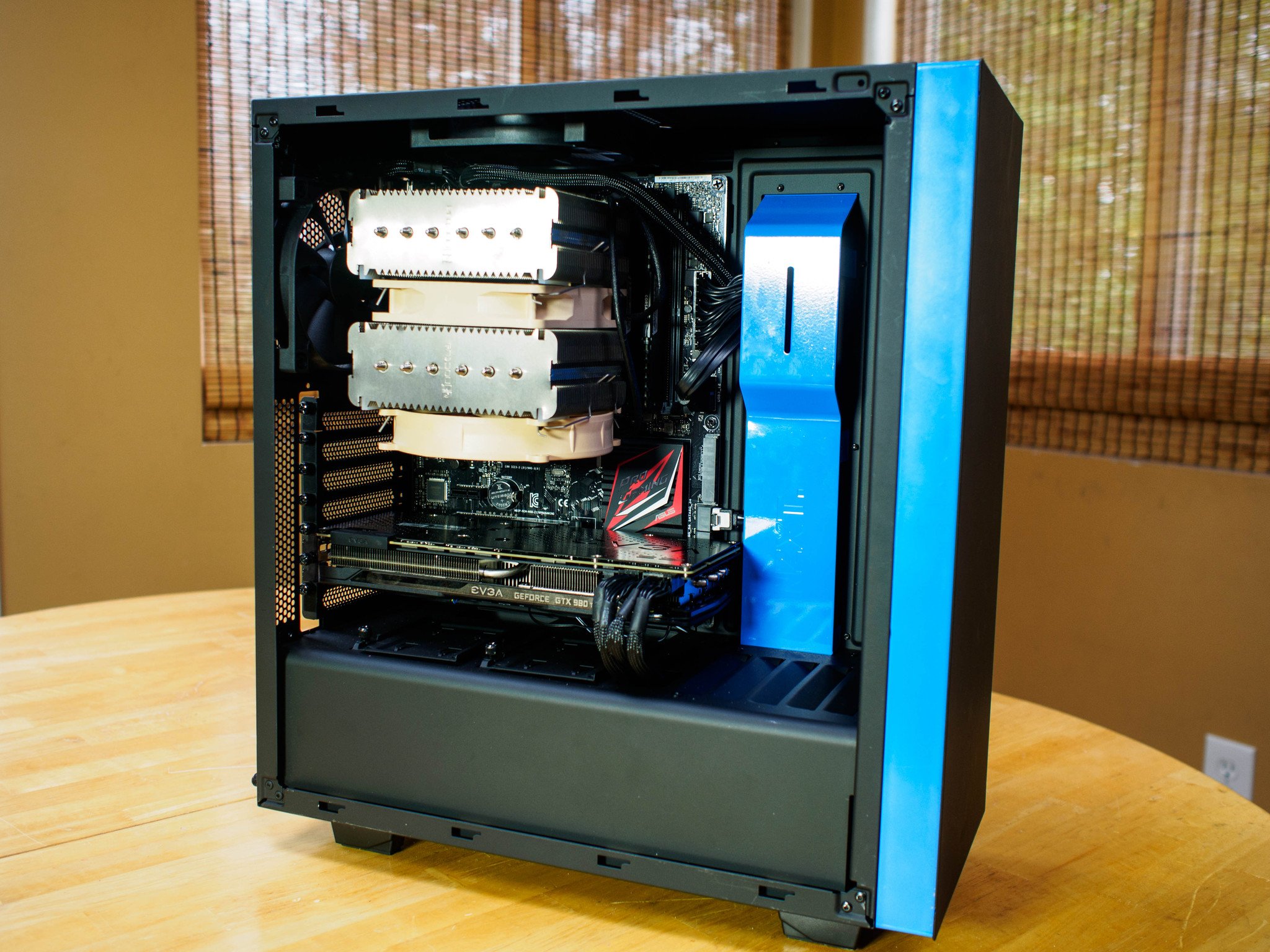Can I use my Oculus Rift without a PC?

This question was recently asked in our forums over at VRHeads, and it got us thinking about the current limitations to VR and what the future holds.
In short, the answer to the questions is no — you cannot use an Oculus Rift without a PC. Why not? Let's take a deeper look to best answer this common question.
What the Rift looks like now

The Oculus Rift itself is a plastic headset that holds a pair of lenses in front of two displays. It has infrared lights on the outside that are picked up by a special sensor, allowing for motion tracking. When you turn your head in real life, so too does your head turn in the Rift experience.
Experiencing motion tracking in VR for the first time is truly a magical feeling. Without it, you'd feel more like you were sitting, immobile, in front of a large screen. So how does the picture show up on the displays, and how does the Rift receive power?

In order to get a picture on the displays inside the headset, you must plug the Rift's HDMI cable into a PC. Likewise, the unit is powered by a USB connection. Without attaching the Rift to anything, it's basically just an expensive blindfold.
Plugging your Oculus Rbyo any old computer won't do, either. You need a PC with hardware that meets at least the minimum system requirements, but for best results, you'll want something that meets or exceeds the recommended requirements.
Oculus Rift system requirements

Thanks to Asynchronous Spacewarp and Asynchronous Timewarp, the Rift can operate at significantly lower system specs than the other high-end system, the HTC Vive.
All the latest news, reviews, and guides for Windows and Xbox diehards.
Oculus has a compatibility tool that scans your computer and tells you if your PC has what it takes to run a Rift.
Download the Rift compatibility tool
Recommended PC specs
This is the hardware that Oculus recommends to run the Rift. You can, of course, have better hardware in your PC.
- Processor: Intel Core i5-4590
- Graphics card: NVIDIA GTX 970 or AMD Radeon R9 290
- RAM: 8GB
- Video output: HDMI 1.3
- USB: Three USB 3.0 and one USB 2.0
- OS: Windows 7 or newer
Minimum PC specs
This is about as low as you can go to still run the Rift without problems.
- Processor: Intel Core i3-6100 or AMD FX4350
- Graphics card: NVIDIA GTX 960 or AMD Radeon RX 470
- RAM: 8GB
- Video output: HDMI 1.3
- USB: One USB 3.0 and two USB 2.0
- OS: Windows 8 or newer
See the system requirements for all VR systems
What about Mac?
There are currently two problems Mac users face when it comes to using an Oculus Rift with their slim, sleek devices — lack of content and lack of power.
The lack of content is evident as soon as you search the Oculus app or the Steam store — all of these great games and experiences are made for Windows. It isn't the devs' fault; why would they create a game for a non-existent platform? Sure, you could run a virtual OS on your iMac, but as it stands now, these devices don't have the hardware to keep up.
In their quest for thin, Apple has made it practically impossible to house a big enough GPU in their laptops to run VR, and their all-in-one desktops aren't far behind. The graphics card is arguably the most important part of these VR machines, and it's also the lack thereof that really puts the nail in the coffin. Apple guru Rene Ritchie wrote a great piece about Apple and virtual reality, where he expressed his feelings about the current state of vrOS.
For a more detailed explanation of Mac and VR, check out Russell Holly's article on what the future might hold.
What does the future hold?
Back in October at Oculus Connect 3, we were shown a glimpse of what the future of VR might look like. What is called the Santa Cruz Prototype is an all-in-one VR headset with no emanating cables or outside tracking.
This VR system would not need a connected PC, as everything is contained either in the case or on the back of the headband. This small processing unit can not put out the same power as a desktop or laptop PC, but it's exciting nonetheless. Not being tethered while in this level of VR is a big deal and one we can't wait to experiment with.
Another avenue of a PC-less Oculus Rift is in the direction of Microsoft's Project Scorpio, the console that is meant to take on gaming PCs. Whether or not Rift support will be officially in the books is yet to be seen, but the new console will have the hardware to power a Rift. This will still involve connecting your Rift to something, but in this case, it's not technically a PC.
TL;DR
As it stands now, you need a PC to run your Oculus Rift. Without a connection, you're basically stuck with a fancy headset that does absolutely nothing. However, technology is changing quickly, and it's unclear how long this fact will remain true.
Are you excited for a VR world without cables and the need for a powerful PC? Let us know in the comments section!

Cale Hunt brings to Windows Central more than nine years of experience writing about laptops, PCs, accessories, games, and beyond. If it runs Windows or in some way complements the hardware, there’s a good chance he knows about it, has written about it, or is already busy testing it.

